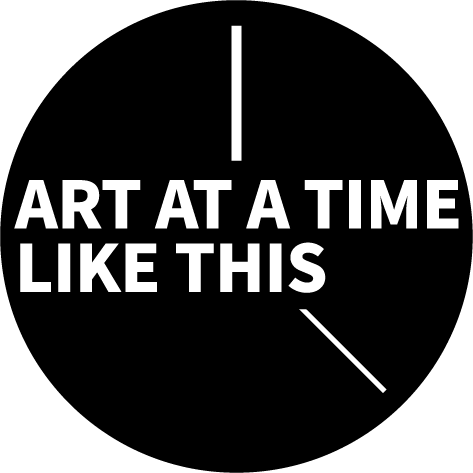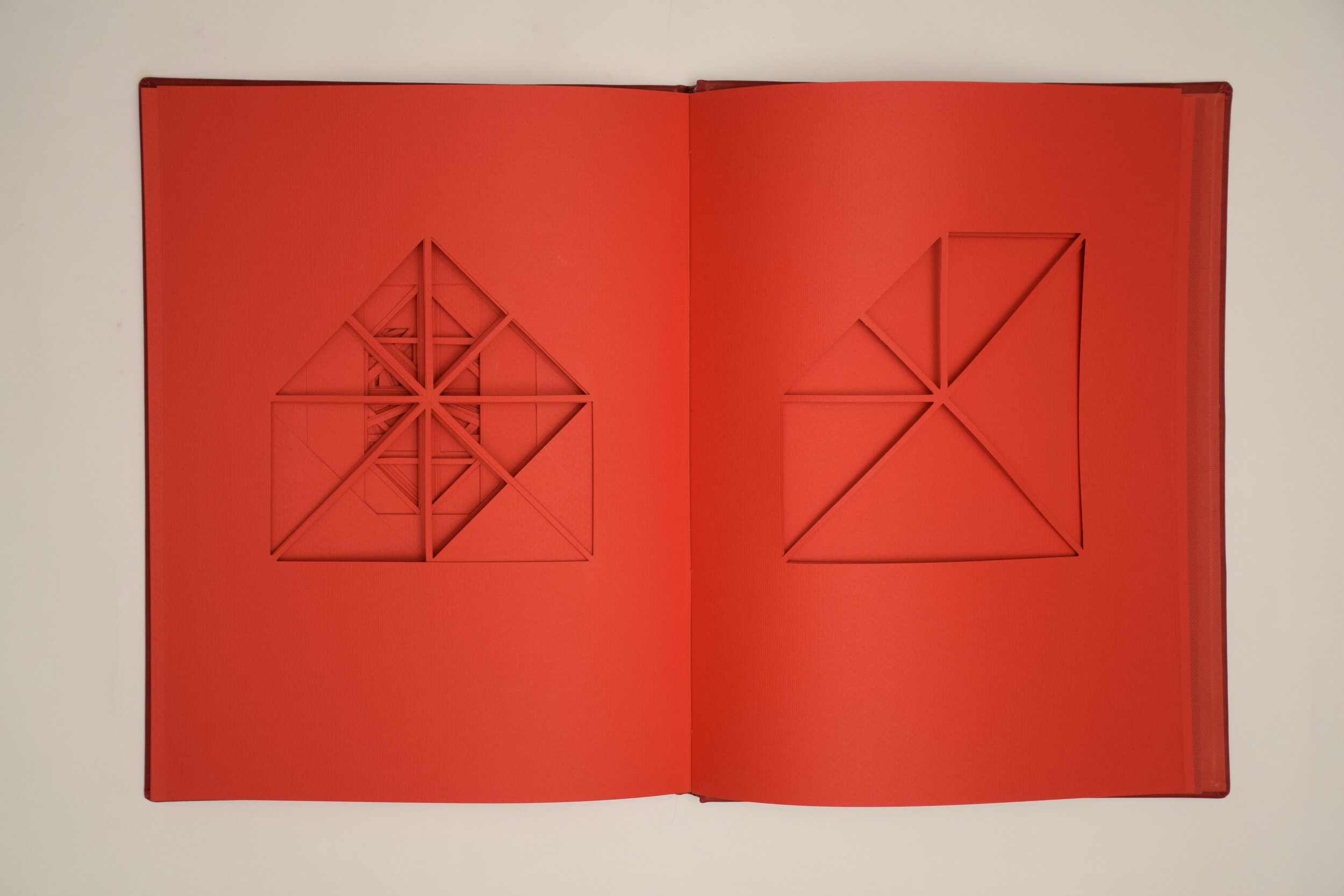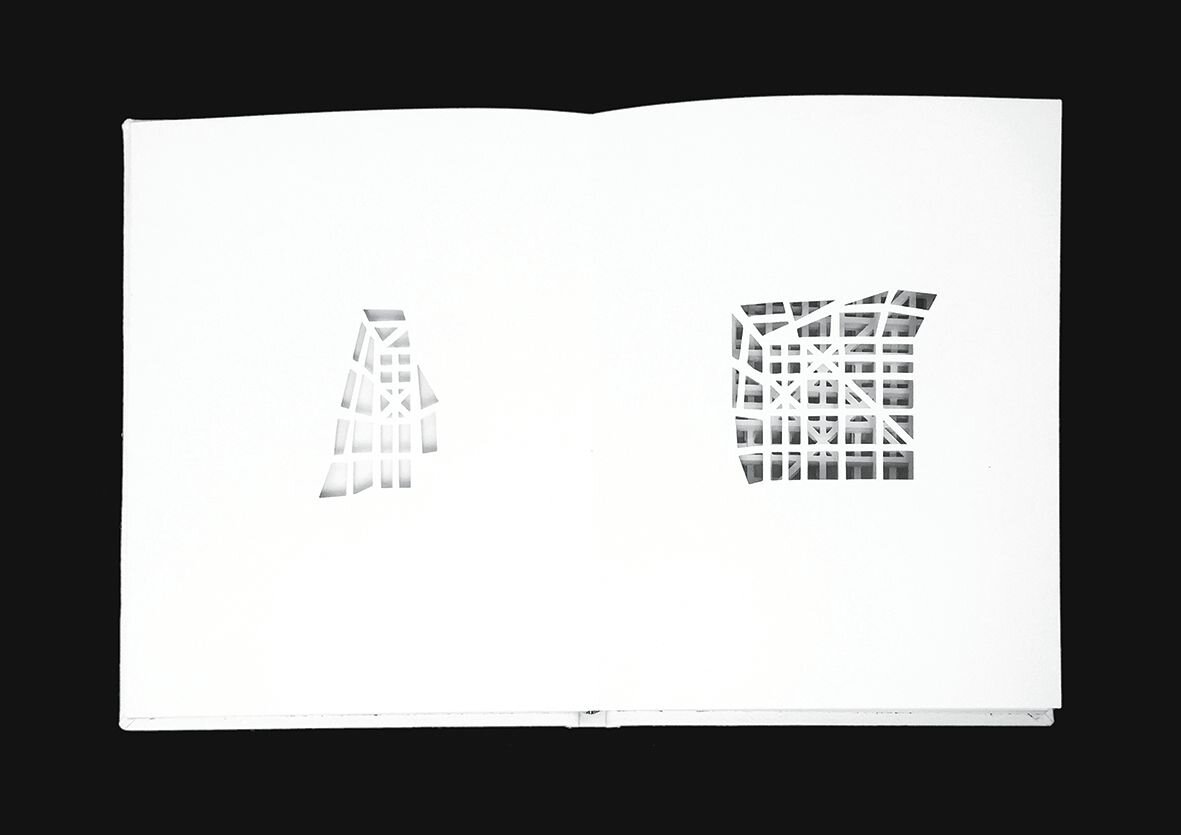
Guest-curated by Leeza Ahmady, Director of Asia Contemporary Art Forum
A week-long show-within-a-show presenting 5 curators, June 15 — 19.
Details here, Day 5: Maryam Ghoreishi
Maryam Ghoreishi
In March 2019, exactly a year before the Covid-19 pandemic in the States, I initiated m y research and writings on Out of Sight, Beyond Touch exhibition. With no inkling on the current situation, I intended to remind myself and audiences of an essential matter: the critical role of the sense of touch in viewing works of art and in the process of our general perception of our bodies, objects, and the world we live in. The more I delved into the topic, the more I found its complexity and significance in daily life.
The conceptual framework of Out of Sight, Beyond Touch, therefore, revolves around criticizing the dominance of the visual in our age, which Constance Classen called “the hungriest sense of postmodernity:”1 the sense of touch. However, this approach in the show does not exclude seeing from the overall perceptual experience of the audience. Rather, the presentation of the artworks is displayed in a way that engages both senses, as two closely related, essential elements of perception. Some artworks utilize sight or touch alone while others interconnect them, challenging notions of sight as the primary element in comprehending a work of art.
Now, after a year, the initial idea of this exhibition has reached a new level. Lockdown, social distancing, the limitation of our communication channels to virtual forms, and the collective concern about physical interaction with objects have impacted our tactile experience with the world around us. While deprivation of tactile experience has revived the importance of this sense in our personal and social life, this crisis has led us to use digital technology and online platforms to communicate. What is not an option anymore and as Mark Paterson states may be the “next big thing.”2
At a time like this, these channels of communication and presentation have become the only way for artists, curators, and art professionals to keep up their practice: the way that may become an alternative for the more traditional ways of presentation and showcasing. However, an image per se is not enough to understand and perceive all forms of art. An immediate encounter with artworks draws us to a different level of fathom. My concern at a time like this i s reducing the modalities of presentation to digital forms and online exhibitions not out of choice but rather forced options due to limitations of physical interactivity.
The opening of Out of Sight, Beyond Touch as been pushed back to the winter of 2021 for the time being. If another wave of pandemic strikes, the exhibition will be postponed again given that a purely digital presentation of such works is in complete contradiction to the core idea of the show.
1 Constance Classen, The Book of Touch, (New York: Berg, 2005), 1.
2 Mark Paterson is the Professor of Sociology at Pittsburgh University. He works on the historical and scientific analysis of the senses and has authored numerous volumes such as The Senses of Touch Haptics, Affects and Technologies (2007) and Seeing with the Hands (2016).
Maryam Ghoreishi, May 2020
Amina Ahmed
by Amina Ahmed
by Amina Ahmed
by Amina Ahmed
by Amina Ahmed
Bahman Mohammadi
Protozoan Self-portrait 5 | 2011-2020 | Wood, acrylic, and wood glue exposed to water, light, and temperature shifts and manipulated by the artist within a 9-year process | 4.5 x 8 x 1.5 inch by Bahman Mohammadi
Protozoan Self-portrait 6 | 2011-2019 | Wood, acrylic, and wood glue exposed to water, light, and temperature shifts and manipulated by the artist within an 8-year process | 4.5 x 8 x 3.5 inch by Bahman Mohammadi
Protozoan Self-portrait 2 | 2011-2020 | Wood, acrylic, and wood glue exposed to water, light, and temperature shifts and manipulated by the artist within a 9-year process | 4.5 x 8 x 1 inch by Bahman Mohammadi
Protozoan Self-portrait 3 | 2011-2020 | Wood, acrylic, and wood glue exposed to water, light, and temperature shifts and manipulated by the artist within a 9-year process | 4.5 x 8 x 2 inch by Bahman Mohammadi
Masoumeh Mohtadi
Rewritten Heart of a Dog | 2020 | Altered book, manually cut and Interwoven | 7.8 x 5 x 0.8 inch by Masoumeh Mohtadi
Heart of a Dog | 2017 | Hand-bound origami books on cardboard and thinner printed text | 15.7 x 11.8 x 1.8 inch by Masoumeh Mohtadi
Rhino | 2017 | Hand-bound origami books on cardboard |15.7 x 11.8 x 1.4 inch by Masoumeh Mohtadi
Blindness | 2017 | Hand-bound origami books on cardboard | 15.7 x 11.8 x 1.4 inch by Masoumeh Mohtadi
Shirin Salehi
Secret letters | 2018 | Envelope: white porcelain and graphite acrylic, Interior: etching on Okawara japanese paper 60 gr | 6.7 x 3.5 x 1 inch by Shirin Salehi
From the series ‘Back from a walk,’ clay tablet I | 2019 | Inscriptions on black porcelain clay | 3 x 1.5 x 0.20 inch by Shirin Salehi
The little white letter | 2018 | Copper etching on Japanese Okawara paper 60 gr | 8.5 x 6.7 inch | Unique print by Shirin Salehi
Poems of solitude in Columbia University IV | 2019 | Copper Etching on Mingeishi Japanese paper 48 gr | 11x1.4 inch| Editionof3 by Shirin Salehi
Amina Ahmed |
Bahman Mohammadi | Masoumeh Mohtadi |
Shirin Salehi
All images courtesy the artists

















